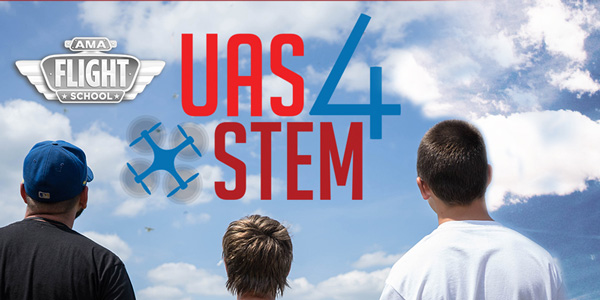
by Greg Carter | Feb 20, 2020 | Events, UAV
We are only days away from the deadline to register for the youth UAS4STEM competition. Registration is open until March 1 for the 2020 contest, which requires teams to build, fly, and compete with a drone. The competition begins this spring. For more information link to:...

by Greg Carter | Jul 31, 2019 | UAV
Today, the FAA in partnership with Kittyhawk relaunched its B4UFLY mobile application that allows recreational drone flyers know where they can and cannot fly in the national airspace system (NAS). The new B4UFLY app is now available to download for free at the App Store for iOS and Google Play store for...
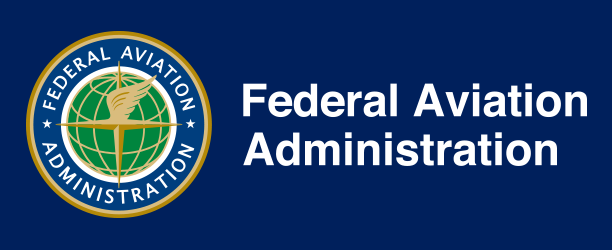
by Greg Carter | May 16, 2019 | District News, UAV
For: GovDelivery Communications Cloud on behalf of: U.S. Federal Aviation Administration The Federal Aviation Administration (FAA) is implementing changes for recreational drone flyers man.dated by Congress in the FAA Reauthorization Act of 2018. While recreational flyers may continue to fly below 400 feet in uncontrolled airspace without specific certification or operating authority from the FAA, they are now required to obtain prior authorization from the FAA before flying in controlled airspace around airports. Furthermore, they must comply with all airspace restrictions and prohibitions when flying in controlled and uncontrolled airspace. The new requirement to obtain an airspace authorization prior to flying a drone in controlled airspace replaces the old requirement to notify the airport operator and the airport air traffic control tower prior to flying within five miles of an airport. Until further notice, air traffic control facilities will no longer accept requests to operate recreational drones in controlled airspace on a case-by-case basis. Instead, to enable operations under the congressionally-mandated exception for limited recreational drone operations, the FAA is granting temporary airspace authorizations to fly in certain “fixed sites” in controlled airspace throughout the country. The fixed sites are listed online and will be routinely updated. The sites are also shown as blue dots on Unmanned Aircraft Systems Facility Maps. The maps depict the maximum altitude above ground level at which a drone may be flown safely for each location in controlled airspace. In the future, recreational flyers will be able to obtain authorization from the FAA to fly in controlled airspace. The FAA currently has a system called the Low Altitude Authorization and Notification Capability (LAANC), which...
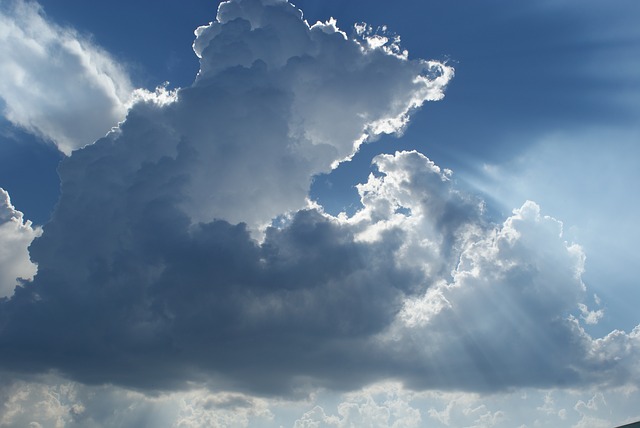
by Greg Carter | Mar 8, 2019 | Reviews, UAV
Most of us in the hobby are looking for a drone that is large enough to support a decently long flight time, hold a camera or other data capture device, and be able to control some (or all) of its flight autonomously using pre-programmed coordinates or real-time data. We want to race around or solo the skies and there are a few things to consider before making your purchase. Because of concerns for possible bodily injury and property damage, anyone who operates a drone needs insurance coverage. However, most commercial and personal insurance carriers exclude drones and other unmanned aerial vehicles (UAV) or unmanned aircraft systems (UAS) from their policies, making coverage hard to find. Most standard homeowners insurance policies exclude liability coverage for aircraft, but will include coverage for “model or hobby aircraft,” like your personal drone. Commercial or business use of your drone is not normally covered under a homeowners policy. Most insurance company policy wordings would cover a drone in the same way that they would cover your personal property or contents. Depending on your specific insurer, you may not have to pay any additional amount to make sure your drone is covered! See “What You Need to Know About Drones and Your Insurance“, by MILA ARAUJO for a very good article on the subject. The following drones are very good picks to select from this year to get a solid model that’s stable in flight with an excellent integrated camera. These drones are focused on aircraft intended for aerial imaging and videography. DJI Mavic 2 Pro DJI Inspire 2 DJI Phantom 4 Pro V2 Autel Robotics EVO Parrot Anafi DJI Mavic Air DJI Spark Yuneec...
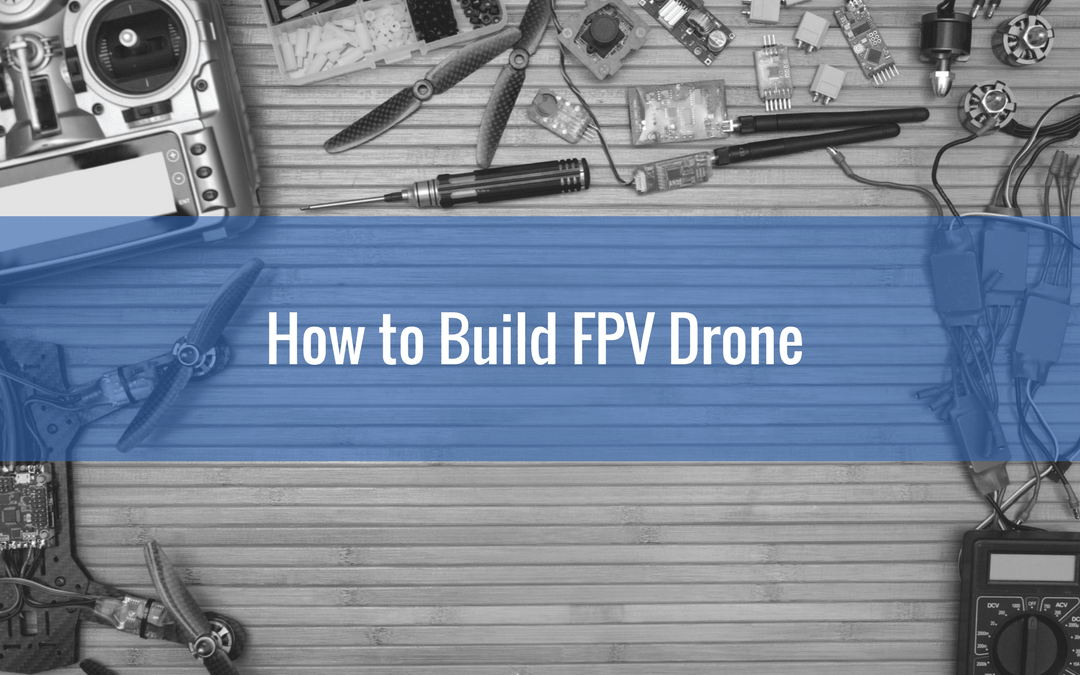
by Greg Carter | Mar 8, 2019 | Model Building, UAV
You can click on the following FPV Drone Parts image and zoom in for further details: HOW TO BUILD A DRONE | STEP BY STEP GUIDE LINK After taking a look at the Step By Step Guide above by clicking on the link, take a look at the following content links regarding the brains of your drone as it relates to the Flight Controller. ArduPilot is a open source autopilot system supporting multi-copters, traditional helicopters, fixed wing aircraft and rovers. The source code is developed by a large community of professionals and enthusiasts. New developers are always welcome! The best way to start is by joining the Developer Team Forum, which is open to all and chock-full of daily development goodness The Dronecode Project hosted under the Linux Foundation serves as the vendor-neutral home for PX4, MAVLink, QGroundControl, and the Dronecode SDK. The Dronecode Project delivers a collaborative and shared open source Platform for Unmanned Aerial Vehicles (UAVs). A neutral place where industry and community developers can contribute technology in order to reduce costs and time to market. Dronecode aims to create a sustainable ecosystem and community for open source projects, everything needed for a complete UAV solution: flight-controller hardware, autopilot software, ground control station, and developer APIs for enhanced/advanced use cases. DronePan makes it easy to capture aerial panoramas with a click of a button with your DJI Phantom 3, Phantom 4, Inspire 1, Inspire 2 or Mavic Pro drone. Right now DronePan runs on iOS devices and an Android version is currently in beta. Flone is a platform that allows smartphones to fly, and not...
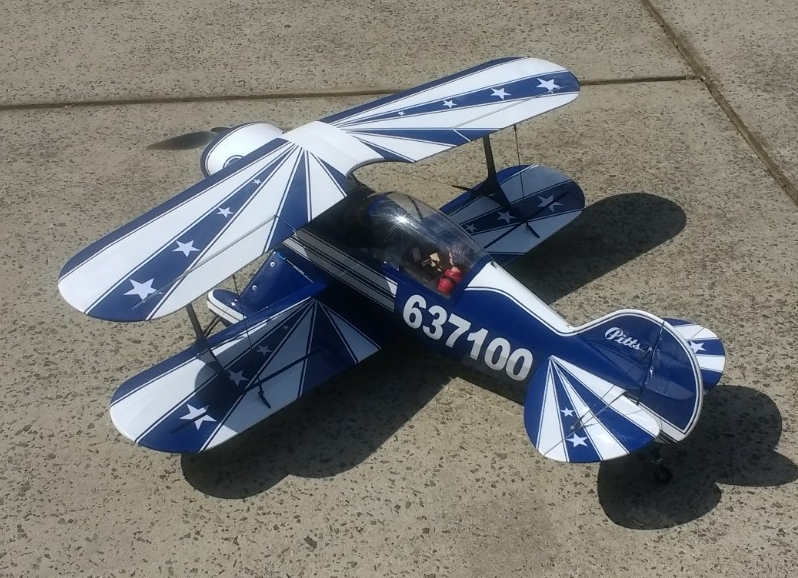
by Greg Carter | Jul 24, 2018 | Aerobatics, Did You Know . . ., Hints and Kinks, Model Building, Reviews, Scale, UAV
The Pitts S-2B from Kingcraft is an ARF model airframe in an all wood construction using balsa and plywood. It comes with a painted lightweight fiberglass cowling. If you come from a builder background, you will appreciate the design details and the ultra scale dual cockpit with instrument panels which resemble that of the full-scale Pitts S-2B. The manufacturing level and quality of this Pitts ARF is impressive, most of the woodwork is done by hand and not by machine. When I received my kit from HobbyKing, it came in a designer box with all parts well packaged. You should not judge the content by its cover, but it looked good to me and I was ready to get started when I saw the box and content. Each part was packaged very well and no part was found to be damaged. Even the box it came in was structurally strong. The Instruction Manual is well thought out and can help you put the plane together in a few evenings. There were a few things I chose to do a little different and I am sharing with you as follows. I started the build with the wings. I was able to find the placement of the fiberglass horns and inter-plane struts by looking at their placement in the pictures and rubbing my finger over the area until finding the slots. I then took a knife an uncovered the slots. The servos were installed and wings were assembled. I proceeded to work on the fuselage and where the wings will attach. They supplied wood cross struts, however, I chose to use for...







